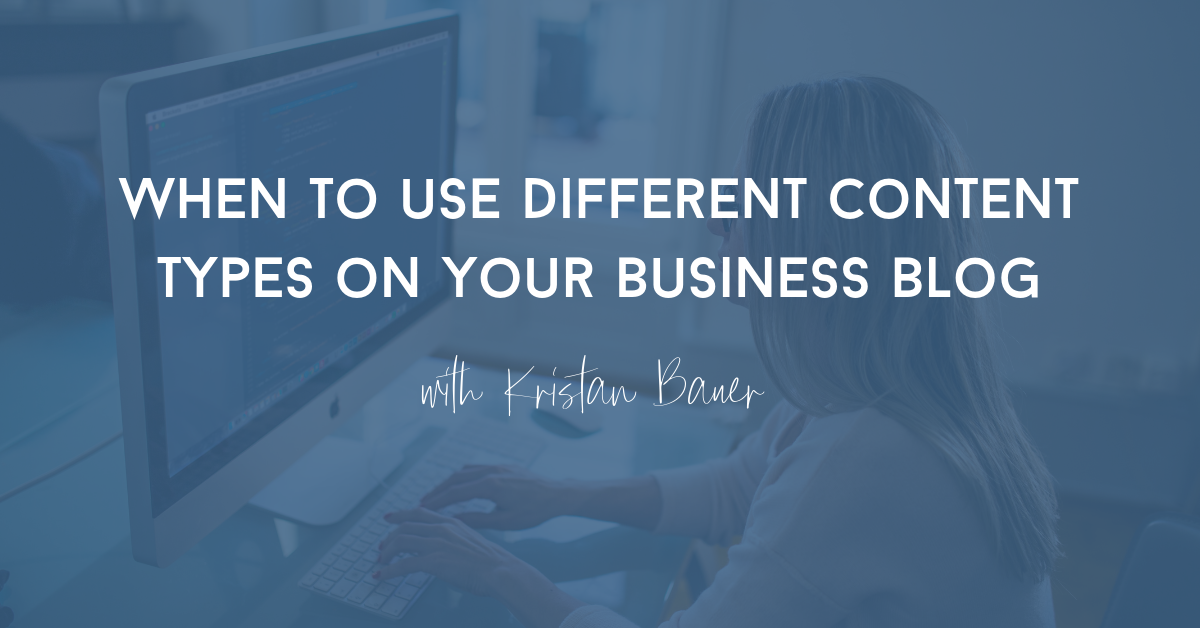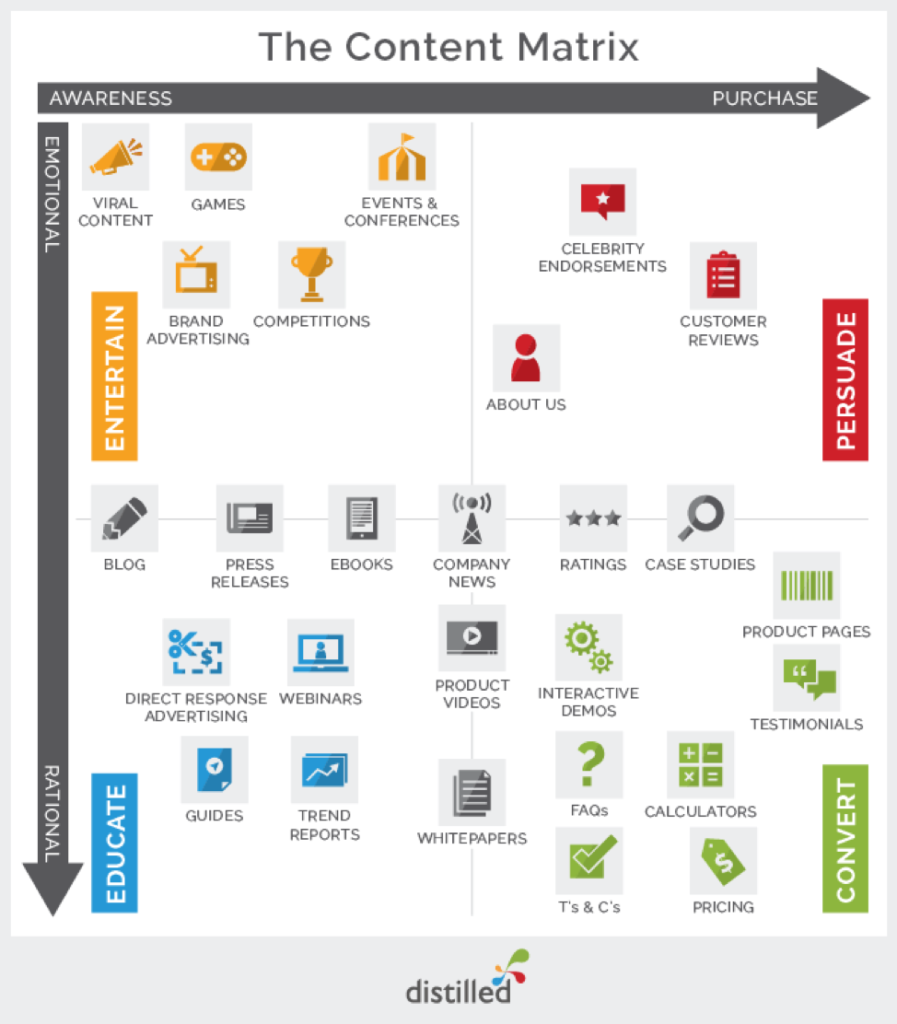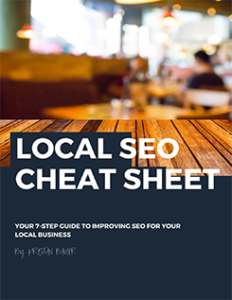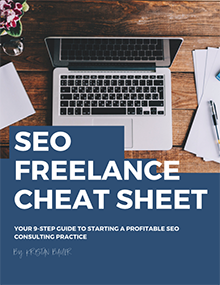
When should you use different types of content for your business blog?
Blog posts are a great way to engage your audience and encourage social shares. But if you’re always limiting yourself to one type of content, you’re missing out on new and interesting ways of growing your business. But, the major question is, when should you use different content types for your business blog?
By mixing things up with different content types you can:
- Reach people who prefer different types of content, which will increase visitor engagement;
- Spread your content across a wide range of media, which will allow your website to be found through additional traffic sources, such as YouTube; and
- Show search engines that your website offers more than blog posts, which can diversify your search ranking.
How do you know when to use different content types for your business blog? Here’s a look at five situations when you should consider using different content types for your business blog, including:
- When users aren’t responding to written articles
- Your niche requires different types of content
- You’ve exhausted your editorial list for articles
- You need to create new link-worthy articles
- You have user-generated content available
1. When users aren’t responding to written articles
There isn’t just one type of blog post you can create, and some formats are much more suitable for certain ideas than others.
If you’re regularly posting articles to your website but they aren’t performing or converting how you’d like, such as not driving traffic or conversions, it’s time to consider switching up the format.
Use how-to guides to generate traffic from organic search. Infographic posts are very shareable and will likely generate inbound links. Curated posts are great for building relationships with other bloggers and businesses. Case studies will resonate with the rest of your audience, allowing you to prove business success stories.

Source: blog.bufferapp.com
The type of content you create should be driven by what you want to achieve. For example, if you want to write about social media, instead of writing a basic editorial blog post about why social media is important for small businesses, you could write a how-to post on how to create a Facebook business page in five simple steps, a list post on 15 terrible pieces of social media advice you should ignore, a post featuring an infographic of 2018 social media trends, or a timely post that leverages the popularity of a social media-related news story.
2. Your niche requires different types of content
Understanding what content your competition is creating is helpful to identify content gaps for your site.
Create a list of competitors, and regularly check their blogs and social accounts to see what they’ve been posting. One of my favorite, go-to SEO tools for competitive insights is Ahrefs, which allows you to research top linked and shared pages of competitors to spot content and backlink opportunities. Reviewing the top-ranking content for a term you’re targeting will help prioritize certain content mediums or content length.
For example, if all the ranking competitors have content that’s more than 1,000 words, then you should consider a more in-depth article versus a light blog post. Or if the top pages that are driving visits to your competitors’ websites have more videos than written content, insert more videos and infographics into your posts.
3. You’ve exhausted your editorial list for articles
For many brands, editorial blog content makes up the central part of their content marketing strategy. But if you’re not regularly brainstorming new blog ideas, it won’t be long before you’ve exhausted your list of topics to cover.
Employing different types of content help you connect with customers in new ways, add more variety to your site and help open up additional traffic channels.
For example, reviewing books, products or services is a great way to share valuable information with your audience. Opinion pieces — when done right — help stir up engagement. Guests posts can lead to further exposure and fresh traffic. When deciding which kind of content to try out on your site next, think about what would most resonate with your audience.
4. You need to create new link-worthy articles
Link building is a powerful way to improving search engine optimization and extend your brand’s reach.
When another site likes your website enough to link and share your content, they’re essentially voting for your website, and the more higher-quality sites you have linking to your website, the higher your page rank will be. The best way to earn external links (aka backlinks) to your site is to create high-quality content.
A few other ways to increase backlinks include:
- Reaching out to quality sites and asking if you can contribute a guest post to their site, and then, naturally link back to your content within that guest post;
- Connecting with relevant industry influencers and bloggers to see if they will review your products or services; and
- Reaching out to related sites and influencers to offer your content as a resource for their readers.
Ultimately, you need market the high-quality content you’re creating, outreach to related sites and promote your content across marketing channels.
5. You have user-generated content available
User-generated content (UGC) can make or break conversions and sales. There are many ways to display UGC on your website — such as displaying reviews on your product pages, using community Q-and-A to engage current and past customers, and displaying customers’ images in addition to product images — and if you have a sustainable or effective method to gather UGC, then it’s worth evaluating the investment and tradeoff on unique content.
Conclusion
Pursuing only one content creation format limits your brand exposure, so experiment with different content types and try to attract different kinds of traffic with your marketing program.
Whether users aren’t responding to written articles, you notice your competition is creating traffic-driving videos, or you have a community of loyal brand advocates that you can leverage to increase traffic and conversions, it’s important to use different content types for your business blog to not only please your regular readers but also attract new visitors.
Kristan is an independent consultant with 15 years of experience in the SEO industry. Kristan previously founded the award-winning SEO agency Conifr. She’s worked in agency and in-house SEO leadership positions, most notably as the SEO Director at Zillow Group, overseeing a channel that received over one billion web visitors a year. Kristan is a freelance SEO consultant who built and sold a seven-figure agency and now enjoys helping others develop their freelance business.









